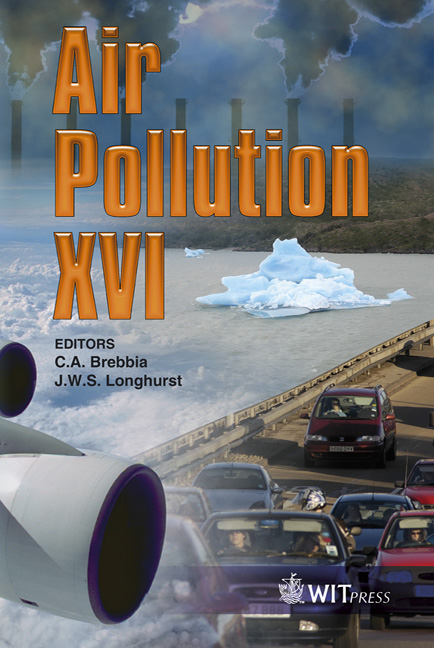Spatial Distribution Of Ultrafine Particles At Urban Scale: The Road-to-ambient Stage
Price
Free (open access)
Transaction
Volume
116
Pages
12
Page Range
521 - 532
Published
2008
Size
3,045 kb
Paper DOI
10.2495/AIR080531
Copyright
WIT Press
Author(s)
F. Costabile, B. Zani & I. Allegrini
Abstract
The spatial variability of ultrafine particles (UFPs) is believed to be an important issue to assess urban air pollution fate and exposure in connection with traffic motorised emissions. In this work, the high-time resolution total number concentration of UFPs was measured at traffic-oriented and urban background locations in a middle-size city in Italy. The major objective was to study valuable connections with local traffic sources, as well as measurement sites’ representativeness. On the one hand, it was found that the total concentration at the traffic site can be representative of vehicle exhaust sources in ambient air. On the other hand, it was possible to identify three prevailing contributions for the total UFPs number concentration at urban scale: a very low urban background concentration, a significant contribution due to local traffic sources, and a significant contribution due to secondary transformation processes closely linked to meteorology. Keywords: urban air pollution, ultrafine particles, traffic emissions, background, representativeness, exposure. 1 Introduction During the last decades a growing body of research has investigated worldwide the extremely vast subject of urban air quality [1]. Measuring any potential effect of any urban air pollutant requires the understanding of its variation and distribution in both space and time. Traffic-related pollution and its spatial variations are particular concerns; a comprehensive understanding is crucial [2–
Keywords
urban air pollution, ultrafine particles, traffic emissions, background, representativeness, exposure.





